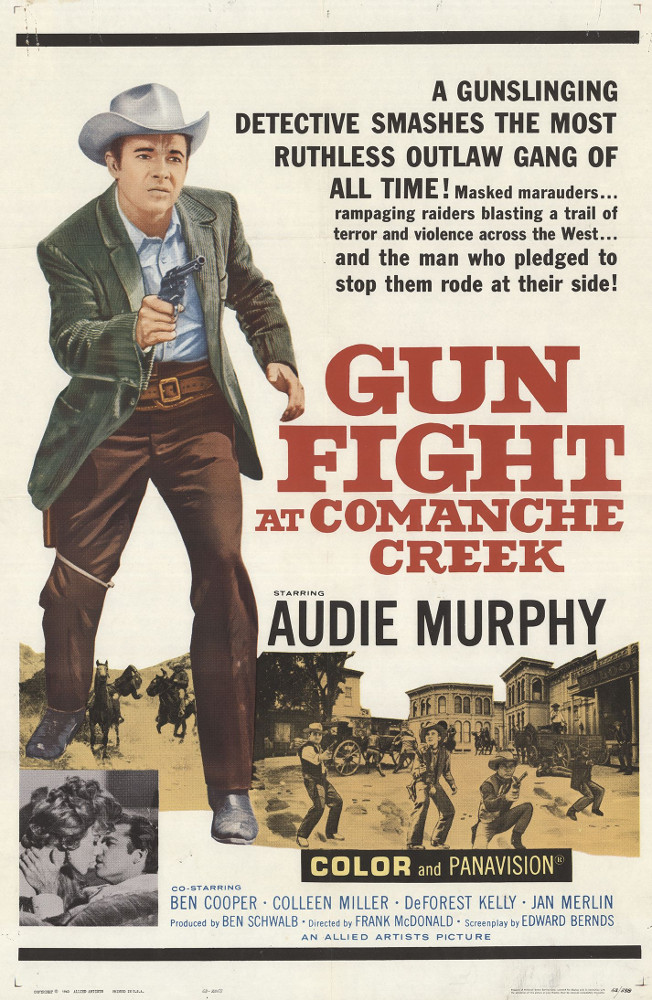Director: William Friedkin
Writer: Walon Green, based on the novel Le Salaire de la peur by Georges Arnaud
Stars: Roy Scheider, Bruno Cremer, Francisco Rabal, Amidou and Ramon Bieri
  |
Index: 2020 Centennials.
The birth of the modern blockbuster can generally be dated to 1975, when Steven Spielberg’s Jaws opened in 464 theatres at once, becoming the hit of the summer and the highest grossing film of all time up to that point. Readers in 2020 might be surprised that such an approach was a big deal, as it’s utterly standard today, but, before Jaws, wide releases like that were generally associated with exploitation movies of, shall we say, dubious quality, that needed to make money quickly before word of mouth killed them. Jaws wasn’t the first, as some James Bond films, among others, had seen wide release, but it was the turning point after which the industry changed and it became the norm. William Friedkin, who had directed a proto-blockbuster in 1973 in The Exorcist, missed out on this change, as that film opened in a mere 24 theatres, gradually expanding nationwide. However, he was right there when the next big change happened and it’s why Sorcerer isn’t particularly well known today outside certain circles of film fans.
It opened theatrically on 24th June, 1977. It was budgeted at $15m but had cost over $21m to make so, adding in marketing, it had to make at least double that to break even. It didn’t by a long shot, eventually earning less than $6m in the US, a number that only expanded to $9m worldwide. It was a huge flop. There are many reasons why, from the misleading title that led many to believe it was another supernatural film, like The Exorcist, to the fact that it takes sixteen minutes to hear a word spoken in English, However, the biggest reason is surely that it arrived in the wake of a phenomenon: Star Wars. Mann’s Chinese Theater in Hollywood, which had premièred Star Wars less than a month earlier, was still showing it to huge crowds, so had no wish to replace it with Sorcerer. They had to, because of contracts, but when Sorcerer failed dismally, Star Wars promptly returned and the audiences returned with it. Suddenly, Sorcerer seemed like a silent movie after the advent of sound, or a black and white movie in an age of colour.
 |
















